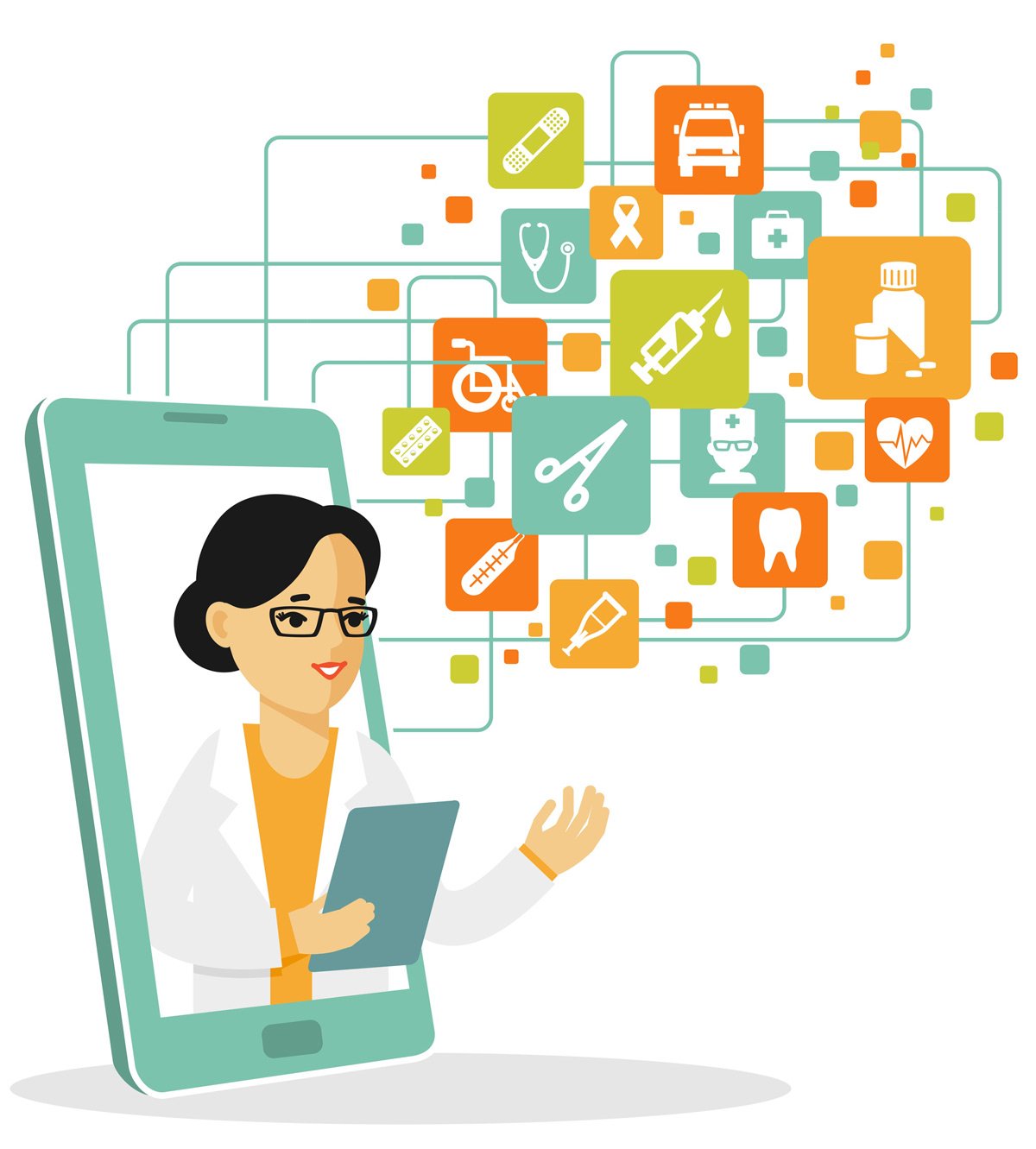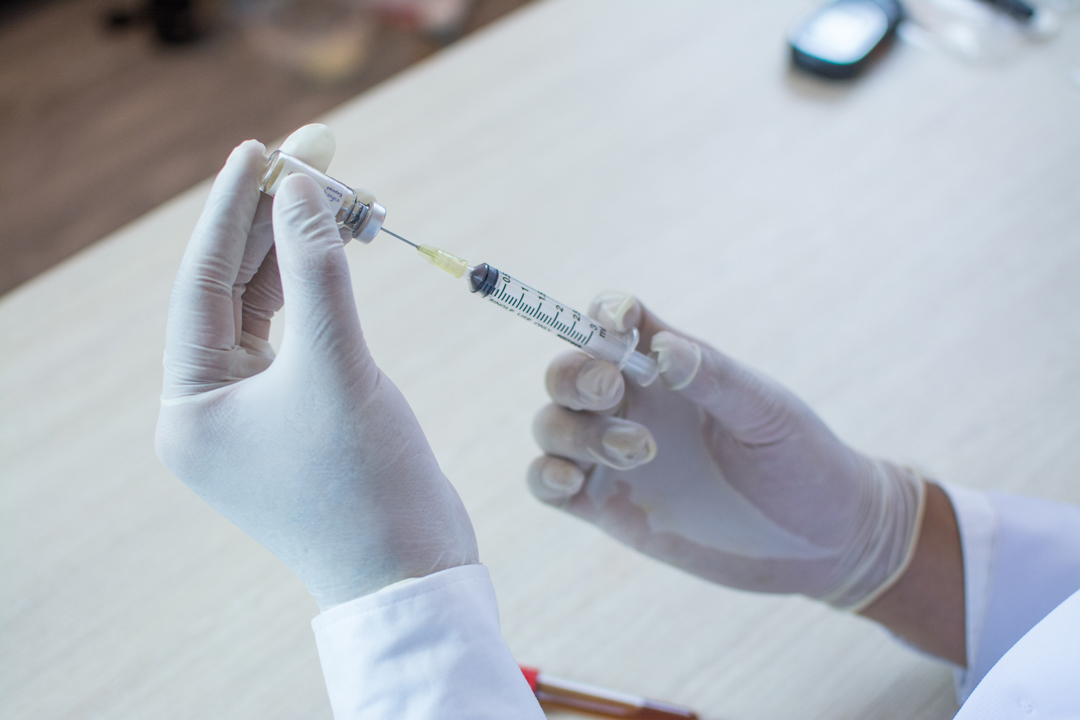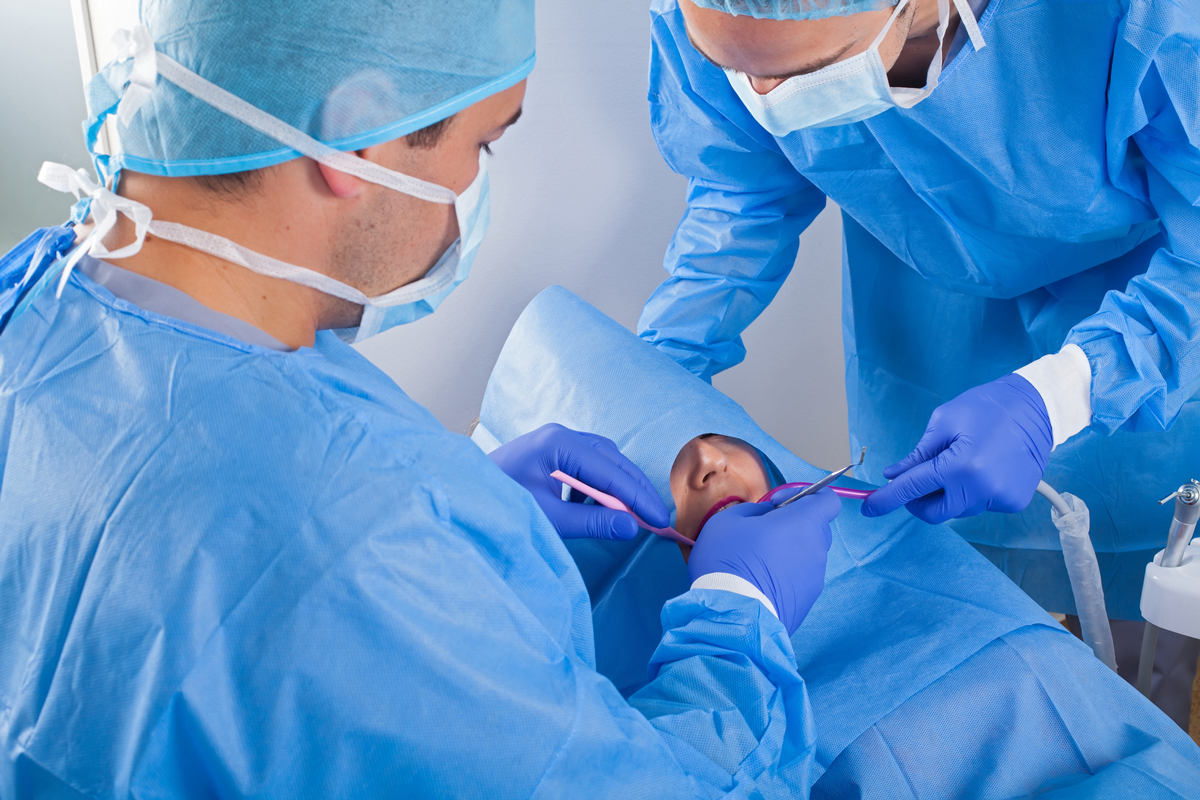By Kristine Berry, RDH, MSEC
Dental industry disruption: As dental communities and individuals, we have moved into the 21st century in a world of developing technologies, disruption and VUCA. VUCA is a concept that originated with students at the U.S. Army War College to describe the volatility, uncertainty, complexity and ambiguity of the world:
- Volatile. Rapid, sudden, constant change.
- Uncertain. Unclear information and outcomes.
- Complex. Multiplicity of variable and unknowns.
- Ambiguous. Lack of clarity about meaning of event.
VUCA is gaining new relevance in health and wellness, and as leaders and providers, you are being called on to successfully navigate this concept to promote your values, vision and purpose, the evolving need of patients and your organization’s bottom line. We are at a turning point of discovery, confronting a moment when the traditional practice models are up for grabs and new models are developing. Innovation is required, as well as the ability to be flexible.
This article will outline an example of positive complexity: telehealth and teledentistry. It will provide a fundamental backdrop of considerations of teledentistry and describe how –by integrating steps and reframing conventional delivery of services – we have an opportunity to create certainty in our practices and organizations.
What is telehealth?
According to the Center for Connected Health Policy, “telehealth is a collection of means or methods for enhancing healthcare, public health and health education delivery and support using telecommunications technologies. Telehealth encompasses a broad variety of technologies and tactics to deliver virtual medical health, health coaching and education services.” Telehealth is not a specific service, but a collection of means to enhance care, coaching and education delivered from a distance (remotely), such as:
- Live-video teleconference appointments, either scheduled or on demand (synchronous).
- Store-and-forward (asynchronous) transmission of radiographs, photographs, video and digital impressions through a secure electronic communications system to a practitioner. (This information is then used to diagnose or provide a service.)
- Remote patient monitoring (RPM). Collecting personal health, medical and dental data from a single individual via electronic medical devices and dental technologies. (The data is transmitted to a different location – sometimes via a data processing service – where the provider can access it for monitoring conditions and supporting care delivery.)
- Mobile health (mHealth), or health and oral care education, health coaching, practice and delivery provided via mobile communication devices, such as cell phones, tablet computers and personal digital assistants (PDA).
The American Teledentistry Association defines teledentistry as:
… the use of electronic information, imaging and communication technologies, including interactive audio, video and data communications, as well as store and forward technologies to provide and support dental care delivery, diagnosis, consultation, treatment, transfer of dental information and education.
An example of a teledental visit is a videoconference between a provider and a patient regarding an urgent dental or oral health problem. A teledental visit can give patients improved access to information about the importance of oral health and extensive education opportunities. In a value-based world, additional uses include teaching, mentoring, calibration, research, patient screenings, specialty consultations, pre- and post-operative care, follow-up and distance learning and coaching. In addition, teledentistry eliminates geographical barriers by bringing many providers together and allows for new collaborative care between providers/specialists. With regard to evidence-based modalities, telehealth applications have been shown to be highly beneficial for the management of chronic diseases and their awareness of health.
Implementation and sustainability
If you foresee incorporating teledentistry into your existing model, it’s necessary to ensure your choices of telehealth programs are in line with your strategic goals and objectives. To ensure sustainability and financial and clinical success, it is essential that teledentistry is fully integrated into your existing clinical processes. Ask yourself the following:
- Will your choices reflect your values, purpose and vision?
- Do you support
developing partnerships with other healthcare providers
and organizations? - Do you believe in – and are you committed to – teledentistry as a process to improve patient outcomes and provide increased access to care outside your brick and mortar locations(s)?
- Do you value continuing development, such that providers can develop added knowledge, skills and abilities by learning from specialists and collaborating with healthcare providers?
- Is care management and technology a value proposition?
- What services are most needed in your organization?
- Have you performed organizational assessments to determine your readiness in the adoption of telehealth technologies, as well as the leadership’s and team’s readiness to change?
- Is there buy-in or commitment to the additional work involved in developing a telehealth line of business?
- Do you understand what your state licensure permits, as well as any legal or regulatory issues?
- Have you appointed a point-person or consultant who understands the role as an agent of change for developing a sustainable model?
With a solid framework and implementation strategy, your organization can realize the full potential of teledentistry. Whether you adopt a synchronous or asynchronous method, you can apply different clinical teledentistry delivery systems. In a value-based world, telehealth and teledentistry will be important models for improving quality access to care and maintaining your organization’s top – and bottom – line.
Resources:
Kopycka-Kedzierawski DT, Billings RJ, McConnochie KM. “Dental screening of preschool children using teledentistry: a feasibility study”. Pediatr Dent. 2007; 29(3): 209-13.
2017 U.S. Telemedicine Benchmark Survey – REACH.
Finger Lakes Community Health, Teledentistry, Reaching out with Technology, Anthony Mendicino, DDA. https://localcommunityhealth.com/sodus-providers/
Kristine Berry RDH, MSEC is an international speaker and executive coach, specializing in enhancing group practices. Looking for a speaker or coach? She invites you to contact her via email at [email protected] or visit her website www.kristineberry.com.





